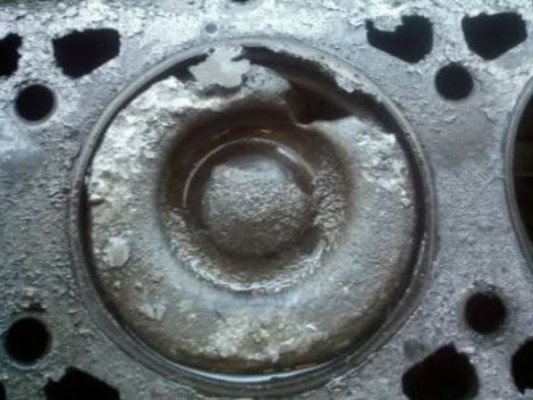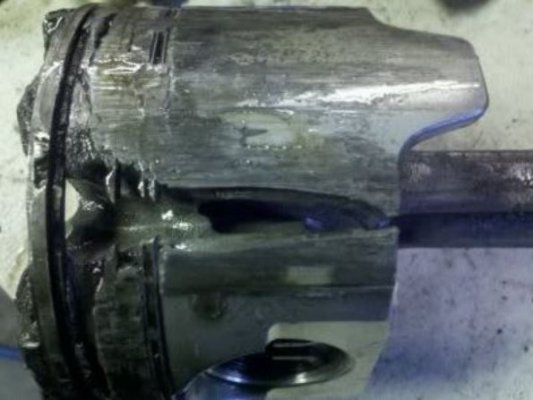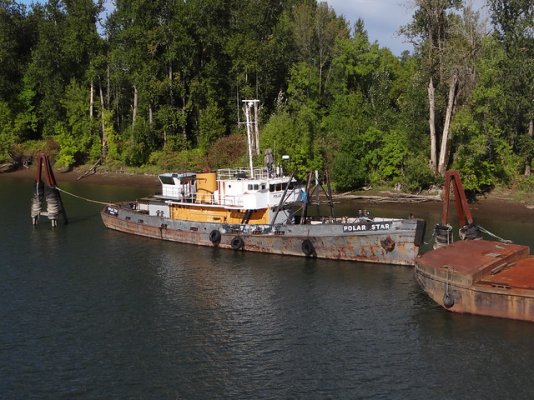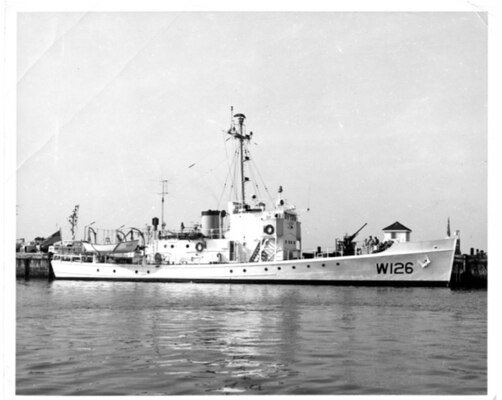Rand900
Newbie
- Joined
- Nov 26, 2021
- Messages
- 1
- Vessel Name
- Winsome
- Vessel Make
- Sparkman Stephens ketch
I have a 1955 detroit diesel 471 runs fine it just doesn't want to start ( you have to crank it for quite some time, or use starting fluid ).
It has H80 injectors, I have tried putting a fuel line to the secondary fuel filter with an electric pump to be sure there is fuel to the injectors.
The injectors only have a few hours since a rebuild.
Thank you
Randall
It has H80 injectors, I have tried putting a fuel line to the secondary fuel filter with an electric pump to be sure there is fuel to the injectors.
The injectors only have a few hours since a rebuild.
Thank you
Randall







